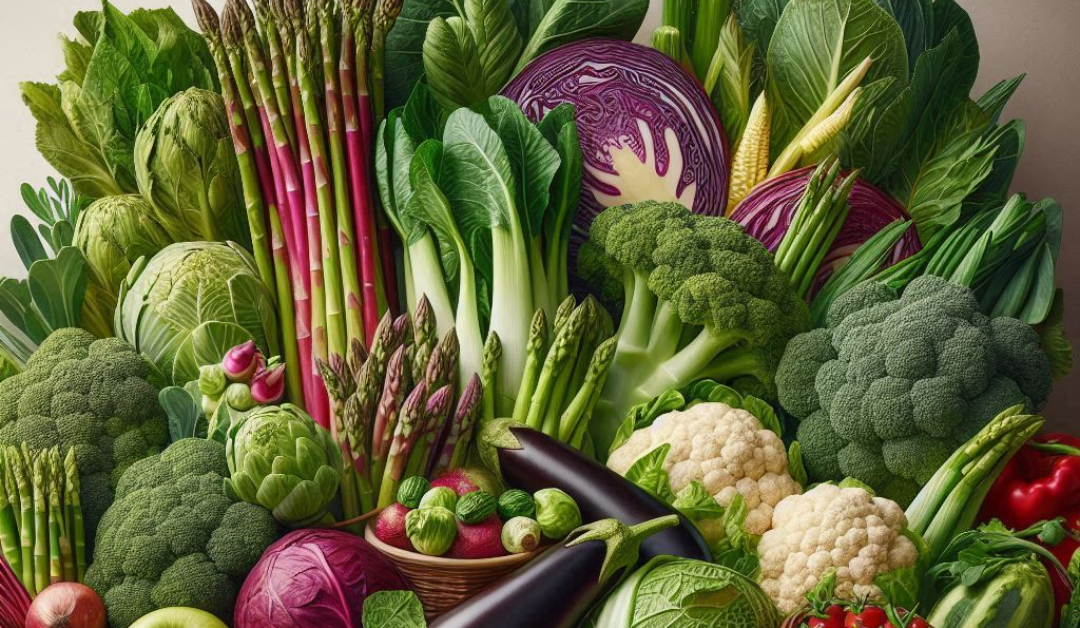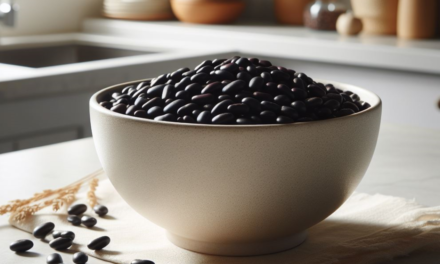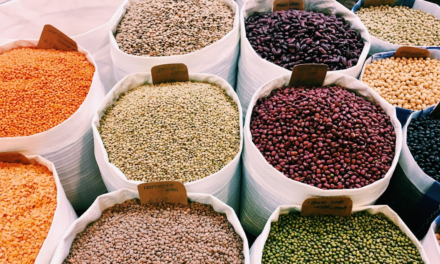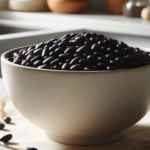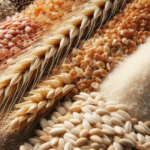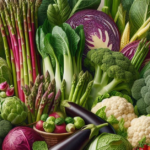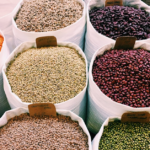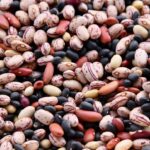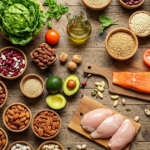As someone living with diabetes, I’ve come to really appreciate the importance of incorporating non-starchy vegetables into our daily routines. These nutrient-rich powerhouses can be a cornerstone for us in managing our conditions. To add a bit more context, before being diagnosed, I was a big eater of the standard American diet, long on meat and potatoes, short on salads, and a huge fan of fast foods and handy snacks. I suspect many of you can say the same.
While diet plays a significant role, informed food choices are key. That’s where non-starchy veggies come in. Low in carbs yet high in fiber, vitamins, and minerals, they’re an essential part of a balanced, diabetes-friendly diet.
The shift towards plant-based eating has put the spotlight on these nutritional gems, and for good reason! Not only are they low in calories, aiding weight management (a major factor in type 2 diabetes), but they’re also packed with antioxidants that protect our cells from damage.
My Veggie-Filled Journey Started With A Shock
When I was first diagnosed with diabetes, I’ll admit, the dietary changes I needed to make overwhelmed me. And, the firehose of information about what to do was contradictory at best. But after some trial and error (and a lot of research), I discovered the incredible benefits of incorporating non-starchy veggies into my meals.
Imagine a colorful plate filled with vibrant tomatoes, crunchy carrots, sweet bell peppers, leafy greens, broccoli, and cauliflower. It’s a feast for the eyes and a nutritional goldmine! The fiber in these veggies promotes fullness, aiding digestive health and blood sugar control. Plus, their antioxidants can improve insulin sensitivity and reduce inflammation – a win-win for diabetes management.
But here’s the real kicker: incorporating non-starchy veggies into every meal is incredibly simple! For breakfast, I often add spinach or bell peppers to my omelets or blend them into smoothies. Experimenting with herbs and spices like garlic, basil, and paprika has been a eye opener for boosting flavor without relying on added salt (a win for blood pressure!). And don’t forget snacks, veggie sticks with hummus or a refreshing salad can keep you satisfied between meals.
For quick reference here, in alphabetical order, is a list of common non-starchy vegetables to consider adding to your diet plan; artichokes, asparagus, beets, bok choy, broccoli, brussels sprout, cabbage, cauliflower, celery, chayote, cucumber, eggplant, kohlrabi, mountain yam, nopales, okra, onions, radicchio, radishes, rhubarb, rutabagas, shallots, summer squash, tomatillos, tomatoes, turnips, and zucchini
Meal Planning Made Easy
I know what you might be thinking: “It sounds great, but how do I actually make it work?” That’s where meal planning comes in. Focus on variety and balance, ensuring you get a good mix of non-starchy veggies throughout the day. And while starchy veggies like sweet potatoes and squash are nutrient-dense, moderation is crucial due to their higher carb content.
Here’s a sample meal plan to get you started:
Breakfast: Veggie-packed omelet with spinach, tomatoes, and mushrooms
Snack: Carrot and cucumber sticks with tzatziki dip
Lunch: Grilled chicken salad with mixed greens, bell peppers, and avocado
Snack: Greek yogurt with berries and sliced almonds
Dinner: Roasted salmon with roasted broccoli, cauliflower, and lemon zest
And for those days when you’re short on time or inspiration, try this quick and easy recipe:
Diabetes-Friendly Veggie Stir-Fry Ingredients:
– 1 cup broccoli florets
– 1 cup sliced bell peppers
– 1 cup sliced mushrooms
– 1 cup snow peas
– 2 cloves garlic, minced
– 1 tablespoon low-sodium soy sauce
– 1 tablespoon sesame oil
– Cooked brown rice or quinoa (optional)
Instructions:
1. Heat sesame oil in a large skillet or wok over medium-high heat.
2. Add garlic and sauté for 30 seconds.
3. Add all the vegetables and soy sauce. Stir-fry for 5-7 minutes until veggies are tender-crisp.
4. Serve hot over brown rice or quinoa for a complete meal.
Overcoming The Inevitable Challenges
I know making dietary changes can be challenging, but trust me, the benefits are worth it. When I first started incorporating more non-starchy veggies, I faced my fair share of obstacles. Finding time to meal prep was tough, and I often struggled with cravings for less healthy options.
But with a little determination (and a lot of support from my loved ones), I was able to overcome these hurdles. Meal prepping on the weekends made it easier to have nutritious options on hand during busy weekdays. And when cravings hit, I found that reaching for a crunchy veggie snack or a refreshing salad often did the trick.
If you’re feeling overwhelmed, remember that you don’t have to do it all at once. Start small, maybe by adding an extra serving of veggies to one meal a day, and gradually build from there. And don’t hesitate to seek guidance from a registered dietitian or healthcare provider – they can provide personalized strategies and support to help you navigate this journey.
The Benefits Await You
Embracing non-starchy veggies has been a game-changer for me in managing my diabetes, and I’m confident it can do the same for you. Not only have I experienced better blood sugar control and weight management, but I also feel more energized and vibrant overall.
So, I encourage you to embrace these colorful, nutrient-rich gems and make them a staple in your diabetes-friendly diets. Your body (and taste buds) will thank you! Start today by adding an extra serving of non-starchy veggies to your next meal or snack. Small steps can lead to big changes, and your health is worth the effort.
Go here to see a list of non-starchy vegetables to consider adding to your diet.
###
Remember, proactive self-care matters. Every step we take, every decision we make to better manage our diabetes makes a difference in how well and how long we live. Choose wisely. Live long, love life and be well.
The information on this site is not intended or implied to be a substitute for professional medical advice, diagnosis or treatment. The information on this site is for informational purposes only and is not intended to diagnose, treat, or cure any type of disease or condition. Diabetes Control Today does not guarantee any results for your specific situation. In support of our website, we may share resources offered by trusted partners. If you purchase products from any of these partners, the owners of this site may receive a portion of the proceeds. These affiliations allow us to continue bringing you valuable, potentially life-changing content.

